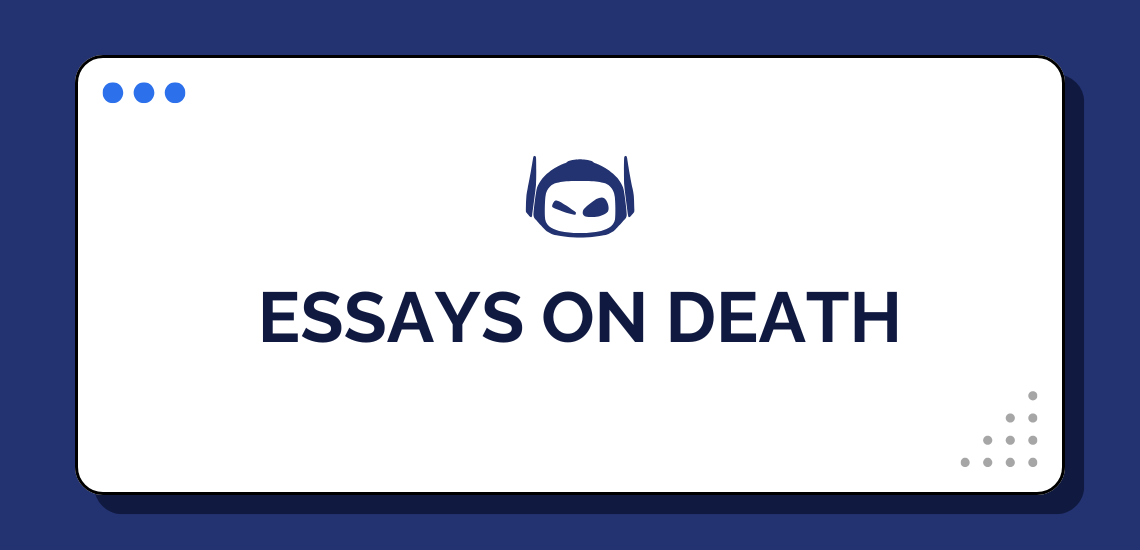
General Guide About Content and Writing
Do you need to write essays on death for your...
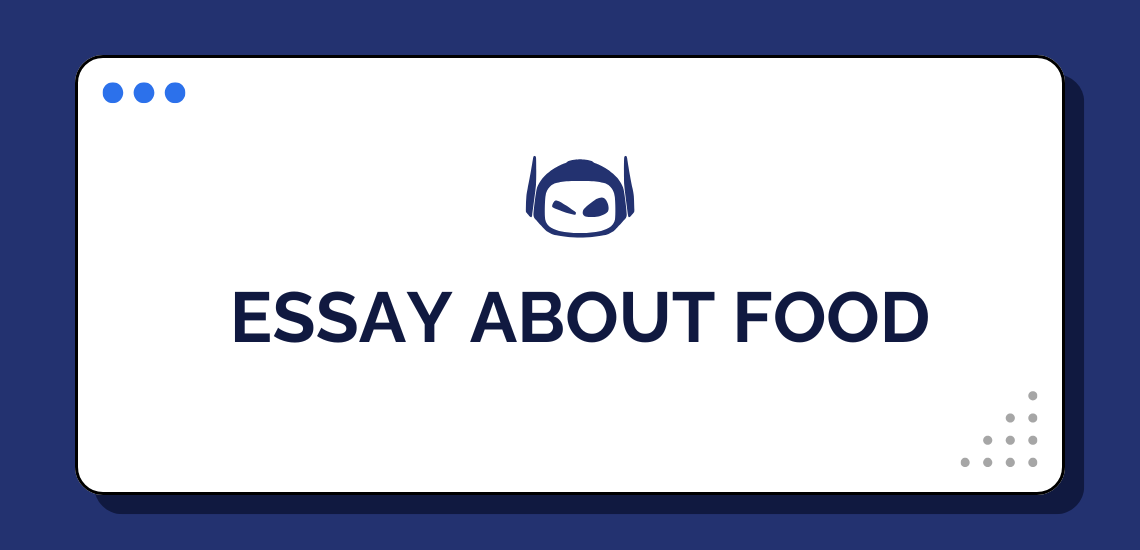
General Guide About Content and Writing
Are you writing an essay about food and need suggestions...
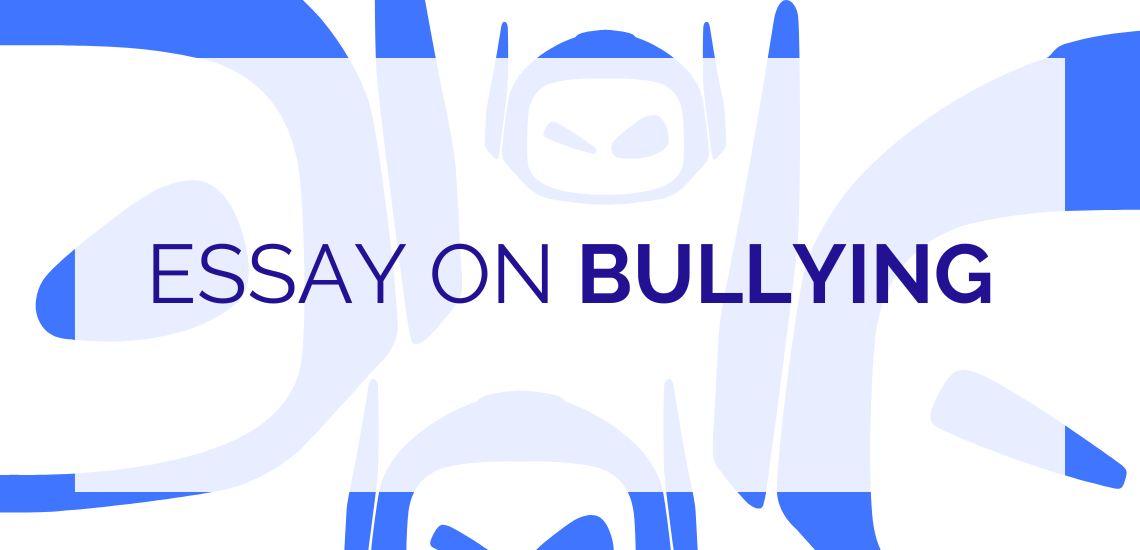
General Guide About Content and Writing
Are you writing an essay on bullying and need help...
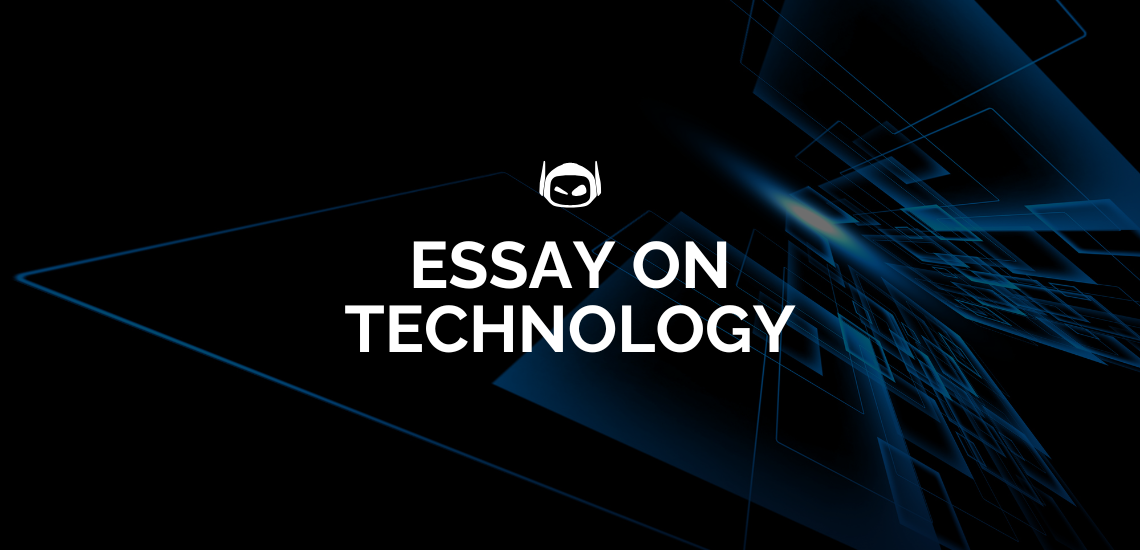
Students attending tech-based courses must understand how to write the...
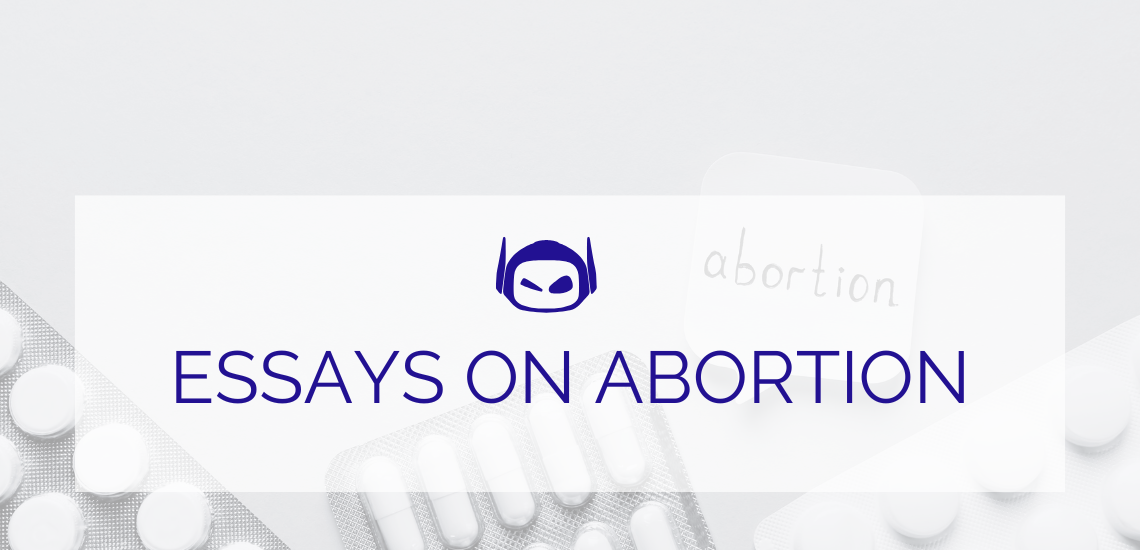
General Guide About Content and Writing
There are many different types of essays on abortion that...
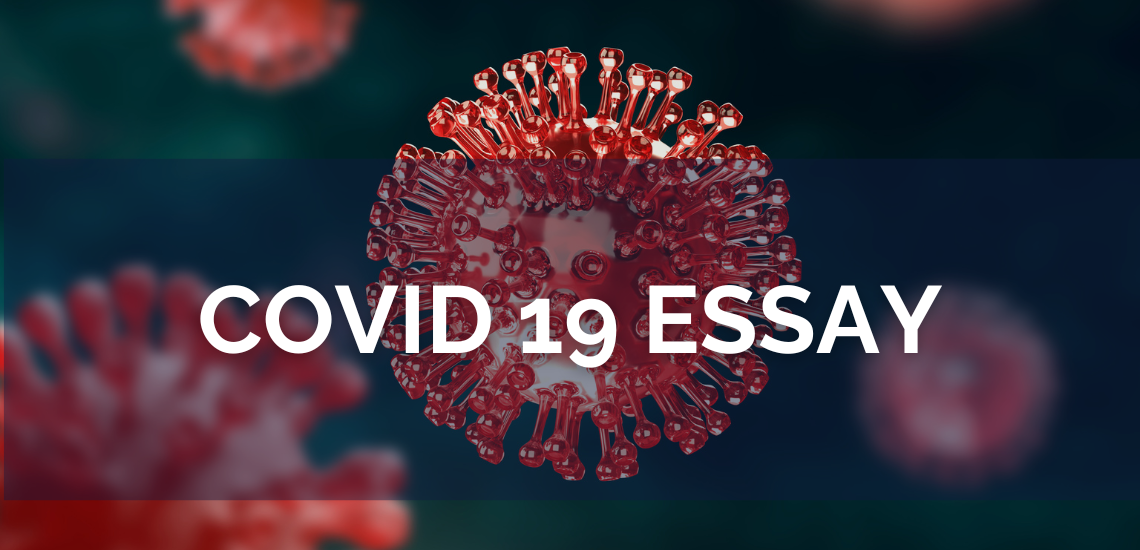
Writing a COVID-19 essay involves gathering facts and presenting them...
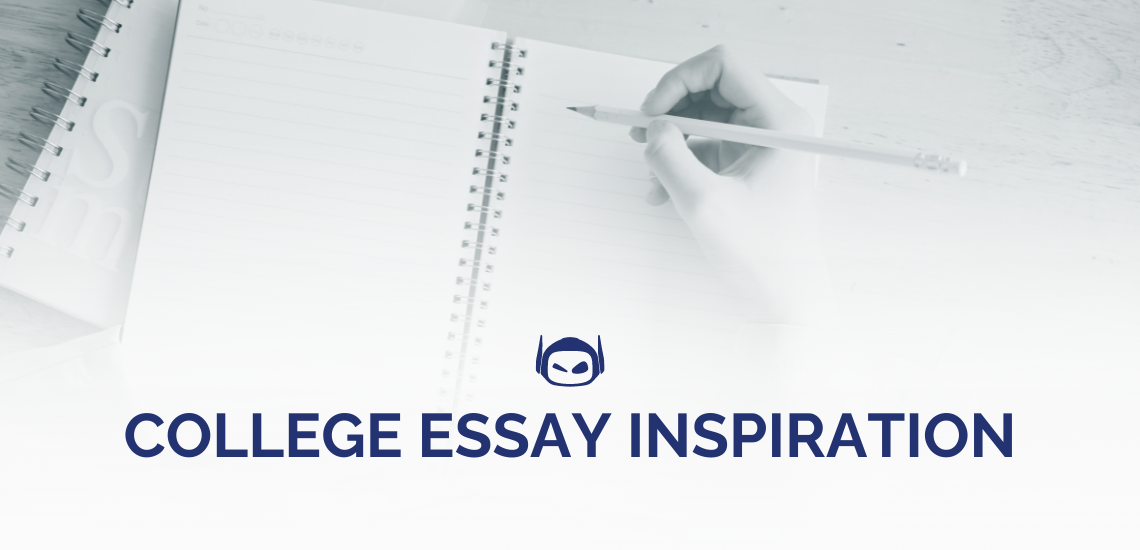
General Guide About Content and Writing
Do you need to write a compelling essay to get...
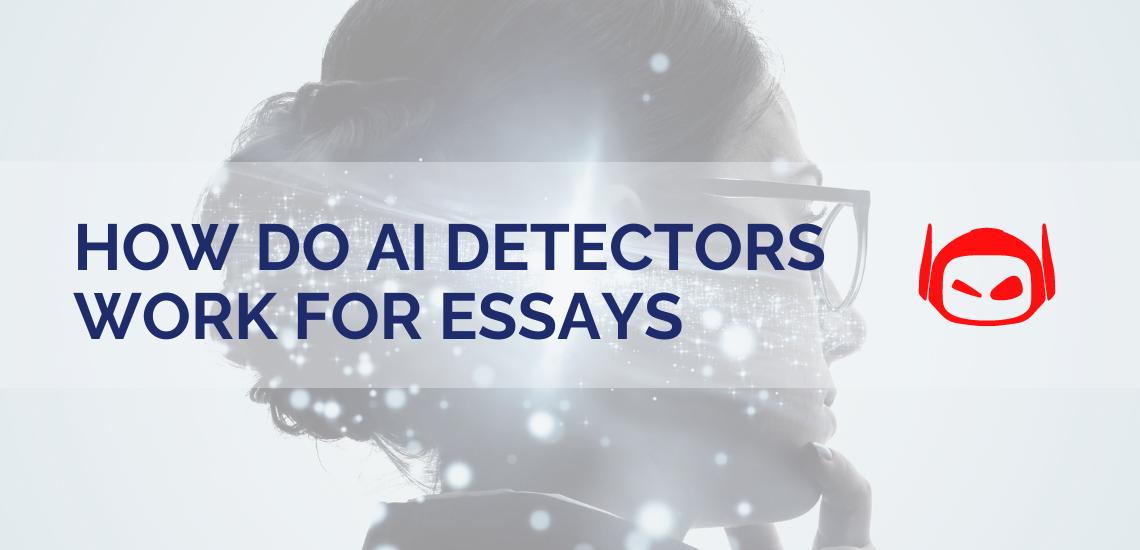
Do you want to know how do AI detectors work...
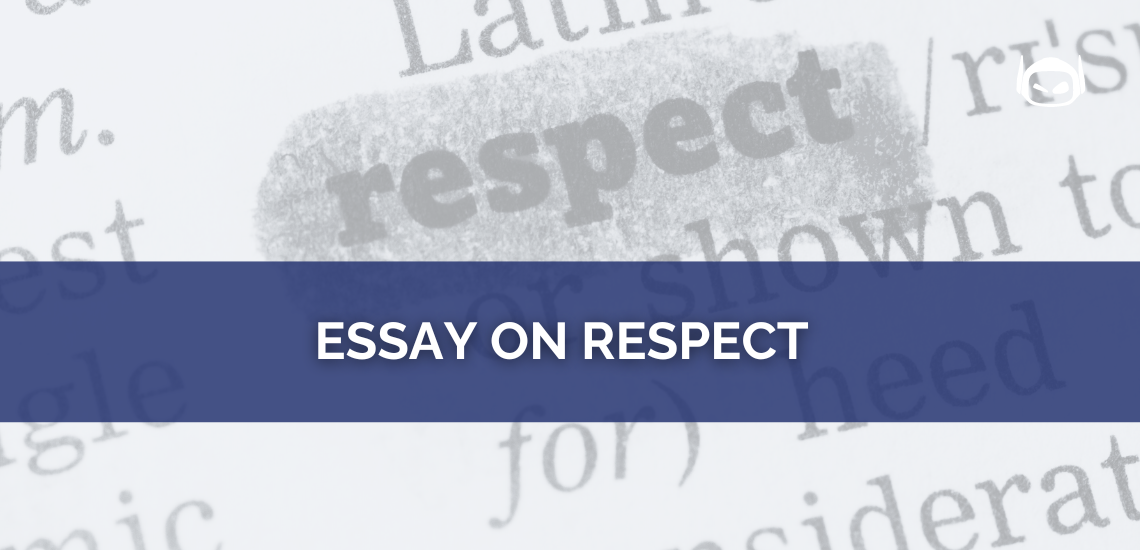
Step-by-Step Instructions for Writing
Did you receive an assignment about writing an essay on...

Step-by-Step Instructions for Writing
Do you want to learn how to write a five-page...